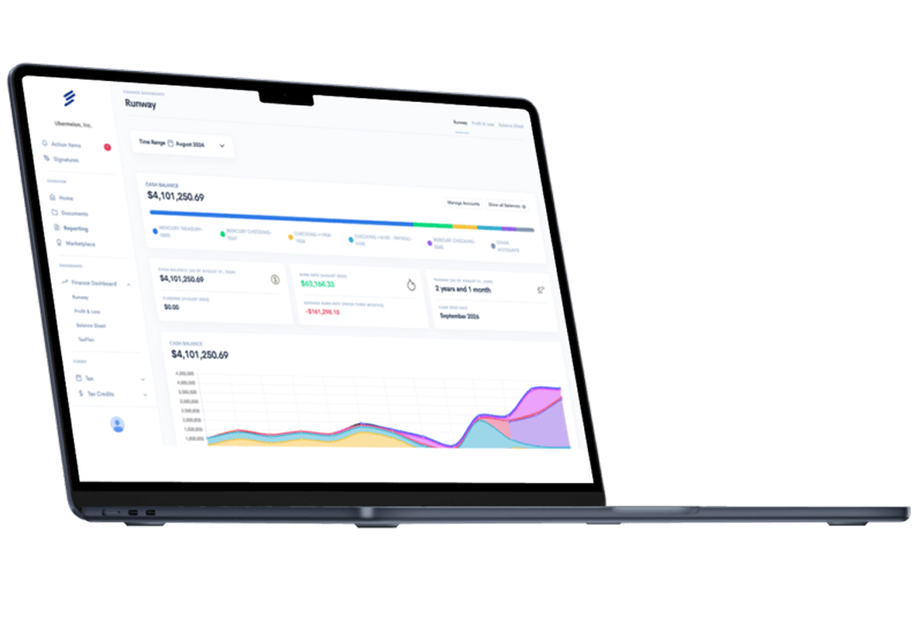Every thriving business recognizes cash as its foundation, with cash flow as the driving force propelling it forward. Together, they paint a clear picture of a company's financial well-being. Handle them right, and you're on the path to smarter decisions, increased profits, and lasting success. Ready to dive in? Here are the Top 5 Cash Management Metrics every startup should know:
Every thriving business recognizes cash as its foundation, with cash flow as the driving force propelling it forward. Together, they paint a clear picture of a company's financial well-being. Handle them right, and you're on the path to smarter decisions, increased profits, and lasting success. Ready to dive in? Here are the Top 5 Cash Management Metrics every startup should know:
1. Quick Ratio
Formula: (Cash + Accounts Receivable) / Current Liabilities
• Indicates a company's short-term financial health.
• A ratio of 1 or above is good, but comparing with industry standards provides a clearer picture.
2. Cash Burn Rate
Formula: (Starting Cash Balance – Ending Cash Balance) / Months in Period
• Assessed monthly or quarterly.
• For profitable firms, it highlights distribution timings and investment affordability.
• For those in deficit, the cash runway (Total Cash / Burn Rate) shows operational longevity.
• Significant purchases can cause a temporary negative Burn Rate, so understanding cash usage is crucial.
3. Cash Conversion Cycle (CCC)
Formula: DIO + DSO - DPO
• Represents the duration from inventory investment to revenue collection.DIO (Days of Inventory Outstanding) = Average Inventory / COGS x 365
• DSO (Days Sales Outstanding) = Account Receivables / Sales x 365
• DPO (Days Payable Outstanding) = Account Payables / COGS x 365
• High DIO means slow sales, and high DSO (> 45 days) indicates collection delays. Ideally, DSO < DPO, meaning you collect before paying suppliers.
• Enhance CCC by: reducing inventory time, accelerating billing and collections, and prolonging payable settlements.
4. Operating Cash Flow
Formula: Net income + non-cash items + working capital changes
• Extracted from the Cash Flow Statement, it shows business-generated cash.
• Negative values mean dependency on investments, financing, past cash balances, or owner contributions. A positive cash flow from operations is vital for sustainability.
5. Free Cash Flow (FCF)
Formula: Operating cash flow – capital expenditures
• FCF accounts for long-term asset expenses, which Operating Cash Flow doesn't.
• High FCF provides flexibility, being a key business goal. It can repay debt, reinvest, or reward owners.
Need help with the upcoming tax deadline?
Take the stress out of bookkeeping, taxes, and tax credits with Fondo’s all-in-one accounting platform built for startups. Start saving time and money with our expert-backed solutions.
.png)
.png)
.png)
.png)
.png)











.png)









